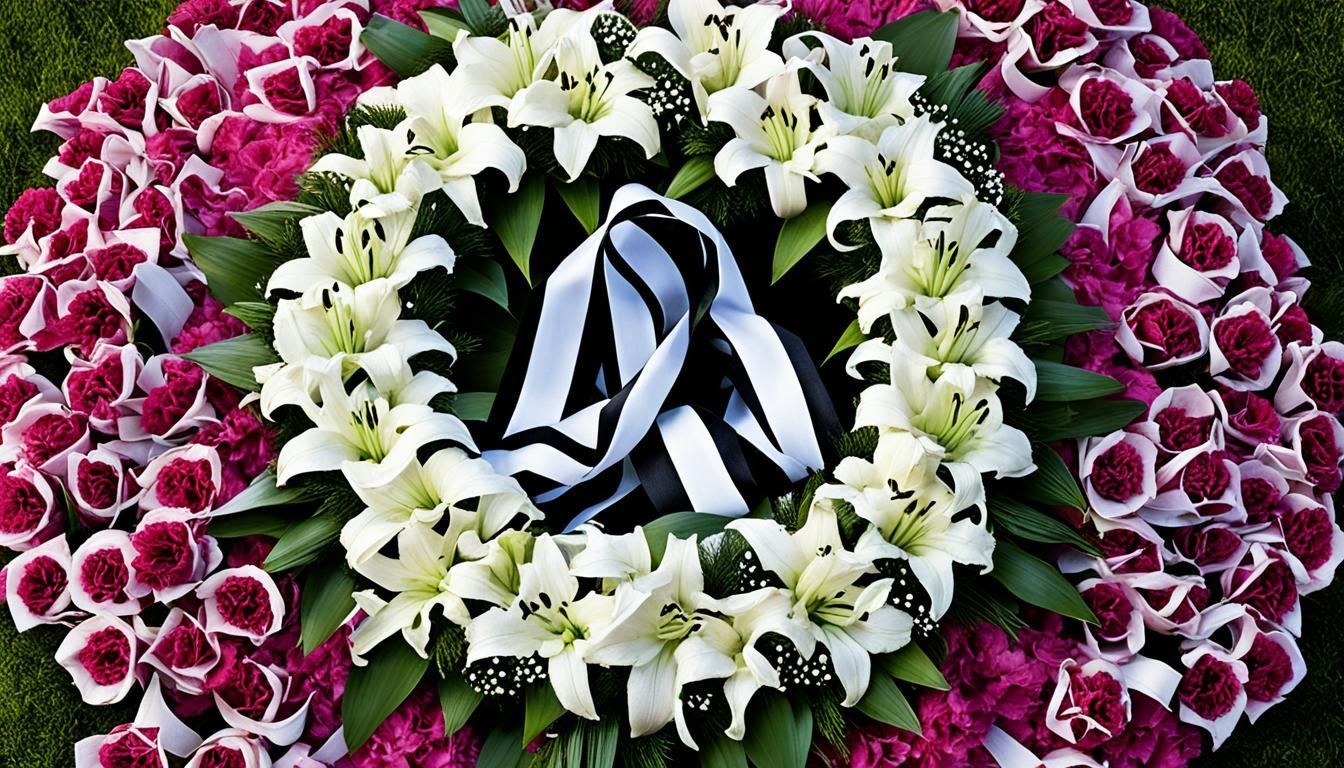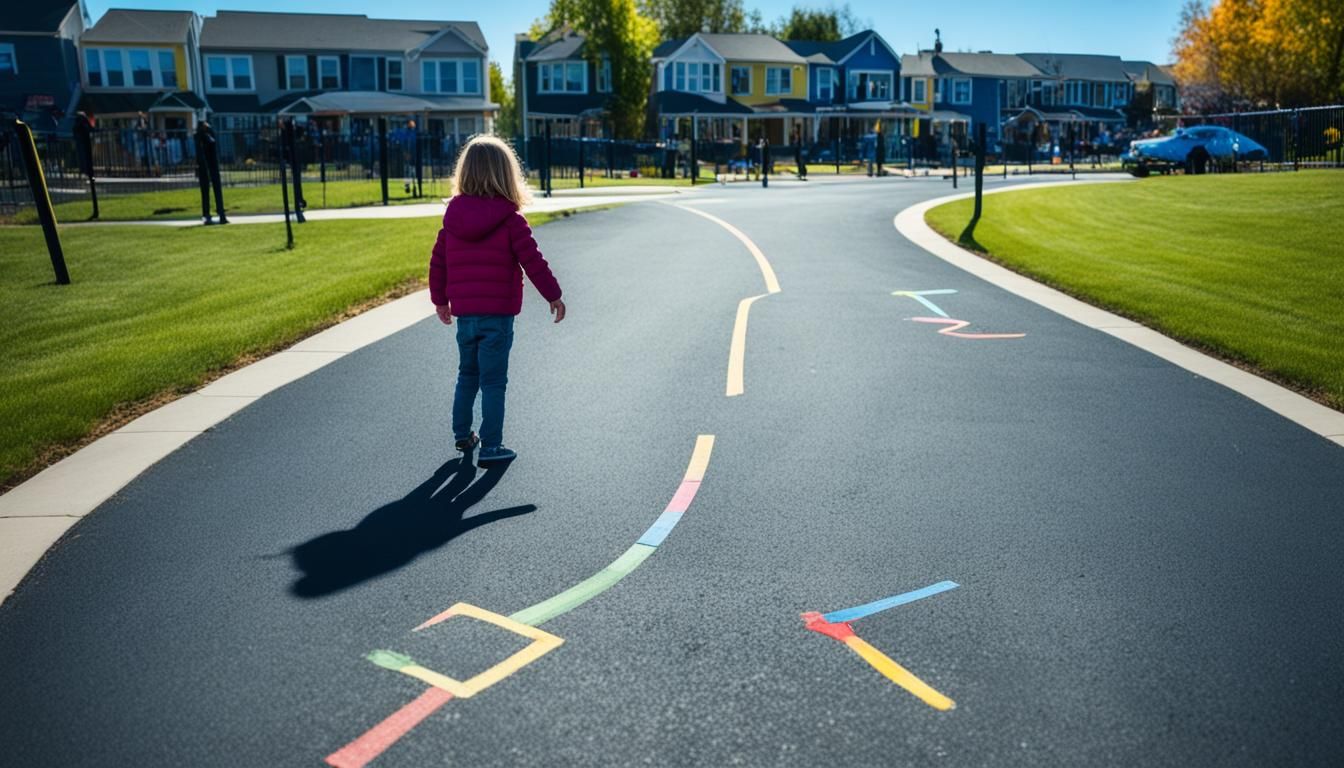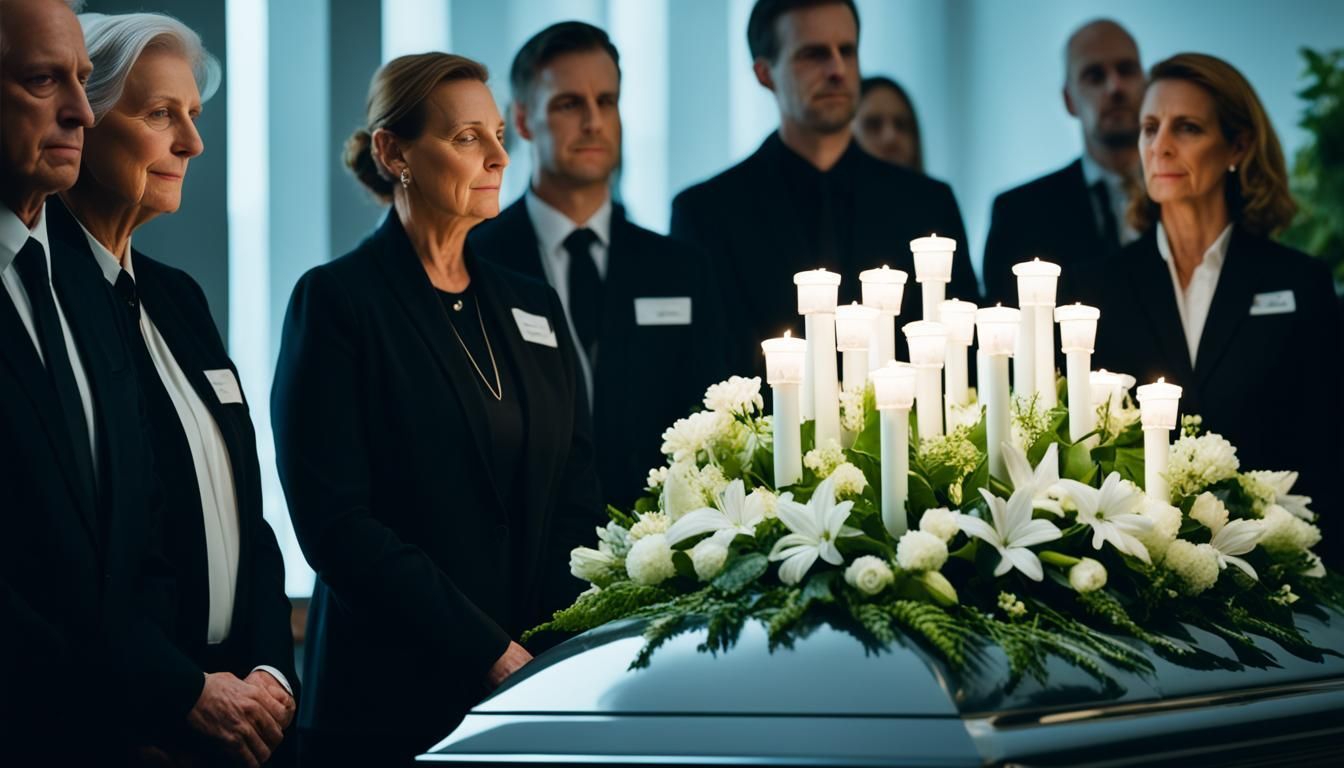Scatter or Bury Cremated Remains: Your Guide.
Scatter or Bury Cremated Remains: Your Guide.
Losing a loved one is tough. Have you thought about the best way to handle their ashes? Whether scattering ashes at a special place or choosing burial, your decision helps honor them. It brings peace and closure.
At Families First at Edwards in Columbus, Ohio, we help with cremated remains disposal . We offer guidance on cremation options , from memorials to planting trees. Note, we don’t offer hospice care or sell markers. For more info, subscribe to our email list for obituary alerts or call us at (614)-444-3200.
Key Takeaways
- Most U.S. National Parks allow ash scattering with specific permits and permissions.
- Scattering on private property always requires the owner's consent to avoid legal issues.
- Special locations like sports stadiums or amusement parks do not permit ash scattering without explicit permission.
- Sea scattering is legal, following EPA guidelines, but requires reporting within 30 days.
- Some states prohibit scattering ashes in inland waters or on beaches, emphasizing the importance of understanding local regulations.
Understanding Your Options
Making a choice on how to handle cremated remains is very personal. There are many options. Each one reflects unique wishes and practical considerations. It lets families honor their loved ones respectfully.
Cremation Ash Scattering
Ash scattering is a heartfelt gesture of farewell. You can scatter ashes in many places, like quiet national parks or the wide ocean. Do remember to follow local and environmental laws.
For instance, to scatter ashes in the Pacific Ocean, you must go at least three nautical miles off the coast, according to the Clean Water Act. This method gives families a sense of being close to nature.
Burial of Ashes
If you want something traditional, burying ashes in a cemetery creates a lasting memory. It gives a special place for families to come together and remember. This choice builds a bond between generations.
Choosing a burial spot, an urn, and scheduling the service are parts of this process. Veterans may get buried in a VA cemetery for free, which includes a headstone, a flag, and a Presidential Certificate.
Keeping Ashes at Home
Some people prefer keeping ashes at home in keepsake urns or jewelry. It feels like a close connection to the one they lost. Yet, think about what might happen in the future since many urns are accidentally lost or sold.
Creative Memorials
For unique memorials, there are creative options. You can make ashes into diamonds, part of coral reefs, or even send them to space. These choices are personal and can support nature.
Turning ashes into soil helps plants grow, combining remembrance with caring for the earth.
Legal and Logistical Considerations
Deciding to scatter or bury cremated remains comes with legal and logistical considerations. It's vital to know the rules where you can scatter or bury them. Knowing local regulations ensures a respectful and compliant process.
Local Regulations
Each U.S. state has its own ash scattering laws. For example, scattering ashes in city parks is usually okay. Just avoid places with lots of people, like playgrounds. It’s important to follow state laws carefully. At sea, you can scatter ashes too. But you must do it at least three nautical miles from land. This follows federal rules.
Scattering on Private vs. Public Land
For scattering ashes on someone's property, you need their written okay. On public lands, like beaches or mountains, you might need special permission. Cemeteries often have special places for ashes. These might be scattering gardens, niches, or burial spots.
Permits and Documentation
Getting the right permits and paperwork is key for scattering ashes. To scatter in a protected area, you’ll need a Death Certificate and a Permit for Disposition. For lakes and other waters, state permission may be required. Having all permits ensures the process is dignified and legal.
Scatter or Bury Cremated Remains
Deciding to scatter or bury cremated remains is a personal choice. It often reflects the values of the deceased and their loved ones. With cremation popular in North America, it's key to know about ashes scattering options and eco-friendly ways.
Scattering ashes means returning them to nature and symbolizes freedom. In Canada, you can scatter ashes on Crown land or water without a permit. But this is only if there isn't a sign saying you can't. There are unique options like sea or aerial scatterings to honor someone special.
Burying ashes in a cemetery is a more traditional choice. It gives families a permanent place to visit and remember their loved ones. Using biodegradable urns for burial is sustainable. It helps conserve the land.
Memorializing loved ones has gotten creative thanks to new technology. Families can turn ashes into memorial jewelry, glass keepsakes, or even fireworks. Some even mix them into ocean reefs for underwater memorials. These options offer personalized and meaningful ways to remember.
In the end, whether scattering or burying, the method should match the deceased's personality and the family's needs. It should offer comfort and meaning to the bereaved.
Conclusion
Choosing how to handle cremated remains is a personal and important decision. It involves thinking about what the person wanted, environmental issues, and laws. At Families First at Edwards, we aim to give caring support while you make this choice. Whether you go for scattering at a place like a memorable spot or burial, we want to help you find a respectful way to remember your loved one.
Scattering ashes is a choice many families make. They do ceremonies in special places like parks, beaches, or over water. You can also have aerial scatterings, symbolic toasts, or use scattering gardens. But, you need to know the rules. For scattering on private land, you need permission. And in public areas, you might need a permit. National parks have their rules, and the sea scatterings must be done at least 3 nautical miles from the coast, as per the United States Environmental Protection Agency.
Burying cremated remains in a biodegradable urn is another eco-friendly choice. It also offers a lasting memorial site. It's key to follow any rules and think about what the person would have wanted. For those who love nature, there are trenching and raking ceremonies. These also let families share precious memories. Using scattering urns helps keep the ceremony respectful and orderly.
We know how sensitive these decisions are. That's why we're here to assist families in Columbus, Ohio , at each step. By looking at your options and understanding the rules, you can pick a fitting tribute. Trust Families First at Edwards for help and advice during this deeply personal time.
FAQ
What are the different options for cremated remains disposal?
You have many choices for disposing of cremated remains. These include scattering ashes in places that meant a lot, keeping them in urns, or burying them in cemeteries. Some go for unique memorials, like making diamonds or sending them into space.
Can we scatter cremated ashes anywhere we like?
No, you must follow local and environmental rules, which can be different depending on the place. To scatter ashes in public areas or water, you might need special permission. Also, you need the landowner's okay to scatter on private property.
What paperwork is required for scattering ashes?
You'll usually need a Death Certificate and a Permit for Disposition. But, always check with local authorities to make sure you have the right papers and permits to scatter ashes.
Can we bury the ashes in a family plot?
Yes, it's possible to bury ashes in a family plot or in specific urn sections of cemeteries. Many places have special areas just for cremated remains.
Are there eco-friendly cremation options available?
Yes, there are eco-friendly choices. These include burying ashes in biodegradable urns, adding them to coral reefs, or even using burial pods that help nature.
What are some creative ways to memorialize our loved one with their ashes?
You can honor them in special ways, like making jewelry, a coral reef, glass art, or even sending them to space. These give a personal touch to remembering your loved one.
Is it legal to scatter ashes at sea?
Yes, scattering ashes at sea is usually legal, but you must follow certain rules. In the U.S., you need to go three nautical miles from shore, as per EPA guidelines.
What considerations should we take into account when choosing to scatter ashes in a nature preserve?
If you're thinking about scattering ashes in a nature preserve, get permission first. You also need to keep the environment in mind and follow any rules from the preserve. This shows respect for nature and your loved one.
Can we keep ashes at home?
Yes, many people find comfort in keeping ashes at home. You can put them in decorative urns, set up a special place, or even have them in jewelry.
What are the benefits of choosing a traditional burial for ashes?
A traditional burial gives a lasting place to remember your loved one. Friends and family can come to reflect and remember. It's a shared spot, often with other family members, that brings people together.
Source Links
- https://perfectmemorials.com/guides/7-things-you-need-to-know-before-scattering-ashes
- https://eirenecremations.com/blog/how-to-bury-cremated-remains
- https://www.trigard.com/blog/burying-cremated-remains/
- https://www.rodneygouldlaw.com/blog/understanding-your-options-disposition-remains/
- https://carolinamemorialsanctuary.org/cremated-remains-options-green-burial-scattering/
- https://www.empathy.com/funeral/a-guide-to-scattering-ashes
- https://ashestoashesinc.com/guide-to-the-interment-of-ashes/
- https://speedwelllaw.com/2019/03/26/cremation-vs-burial-pros-cons-need-know-make-informed-decision/
- https://eirenecremations.com/blog/scatter-bury-or-keep-considerations-for-deciding-whether-to-keep-or-spread-a-loved-ones-ashes
- https://www.purdyfuneralservice.com/spreading-cremation-ashes












